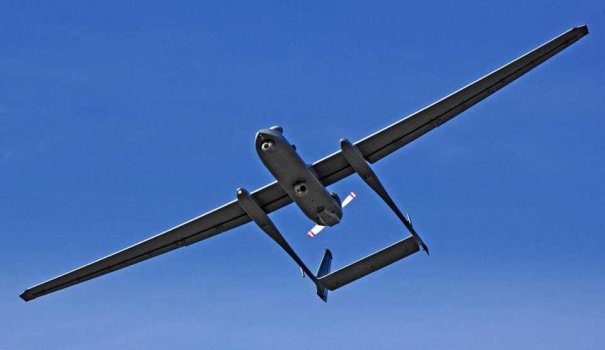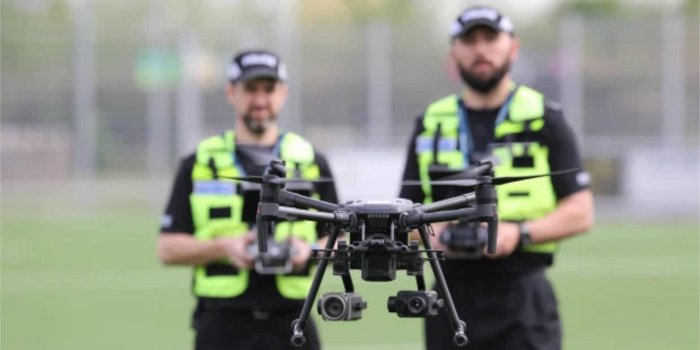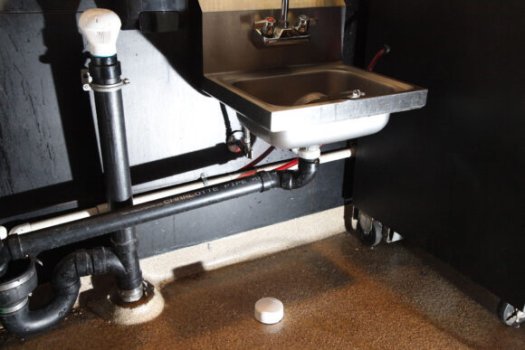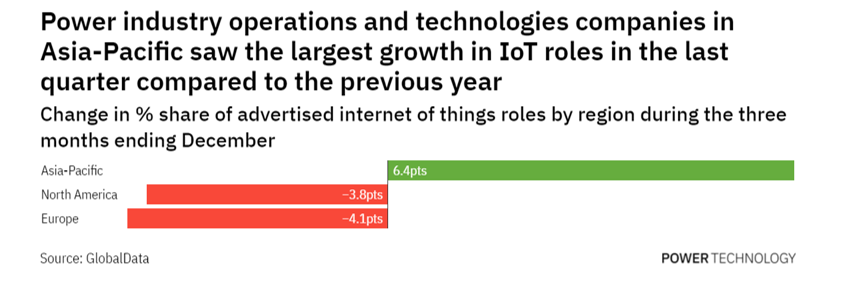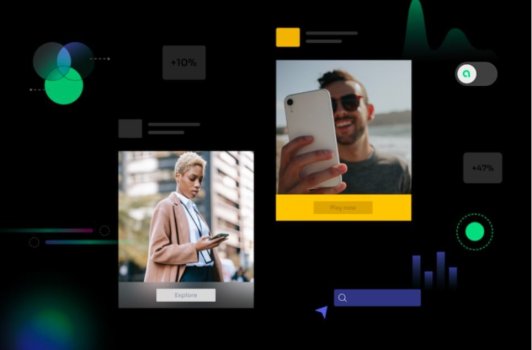Women Impact Tech Is Driving Equity in Tech; Interview with President, Paula Bratcher Ratliff
- Technology Workforce
- 0 Replies
Women Impact Tech is pushing forward a movement: they’re changing the way women are viewed in the tech industry, and therefore, the tech space as a whole. With a mission of building an inclusive community + empowering women in tech to thrive in their careers, Women Impact Tech is taking action by helping organizations with their DEI efforts – from finding great female talent to giving them tools and resources to support women working in tech fields. Women Impact Tech’s President, Paula Ratliff, will be sharing more details with us in this interview with TechBullion.
Please tell us more about yourself?
My name is Paula Bratcher Ratliff and I am the President of Women Impact Tech. I have spent the past 22 years in the staffing industry, the “People Business!” I made a career change in October of 2021 and embraced the opportunity to lead Women Impact Tech. This role is a dream come true for me. Andiamo, the parent company for Women Impact Tech, has the best values that I have seen articulated in the staffing industry: Be Amazing, Do the Essential, Have Fun, Adapt, Have Grit, Have Purpose. I am so excited that I can live these values and drive the mission to create equity in the workforce for women!
I have spent most of my professional career focused on architecting and leading sales of workforce solutions in staffing, RPO, MSP, and consulting/managed services for Fortune 500 companies in North America and Globally. My other passion for the past 20 years has been leading corporate supplier diversity initiatives, sustainability, diversity, and inclusion. Working with Women Impact Tech allows me to bridge my industry experience and my passion for diversity and inclusion into one leadership role.
Personally, my wife and I have two small children who inspire me to be the best I can be and to leave the world a better place for them and future generations.
Continue reading: https://techbullion.com/women-impact-tech-is-driving-equity-in-tech-interview-with-president-paula-bratcher-ratliff/
Please tell us more about yourself?
My name is Paula Bratcher Ratliff and I am the President of Women Impact Tech. I have spent the past 22 years in the staffing industry, the “People Business!” I made a career change in October of 2021 and embraced the opportunity to lead Women Impact Tech. This role is a dream come true for me. Andiamo, the parent company for Women Impact Tech, has the best values that I have seen articulated in the staffing industry: Be Amazing, Do the Essential, Have Fun, Adapt, Have Grit, Have Purpose. I am so excited that I can live these values and drive the mission to create equity in the workforce for women!
I have spent most of my professional career focused on architecting and leading sales of workforce solutions in staffing, RPO, MSP, and consulting/managed services for Fortune 500 companies in North America and Globally. My other passion for the past 20 years has been leading corporate supplier diversity initiatives, sustainability, diversity, and inclusion. Working with Women Impact Tech allows me to bridge my industry experience and my passion for diversity and inclusion into one leadership role.
Personally, my wife and I have two small children who inspire me to be the best I can be and to leave the world a better place for them and future generations.
Continue reading: https://techbullion.com/women-impact-tech-is-driving-equity-in-tech-interview-with-president-paula-bratcher-ratliff/








